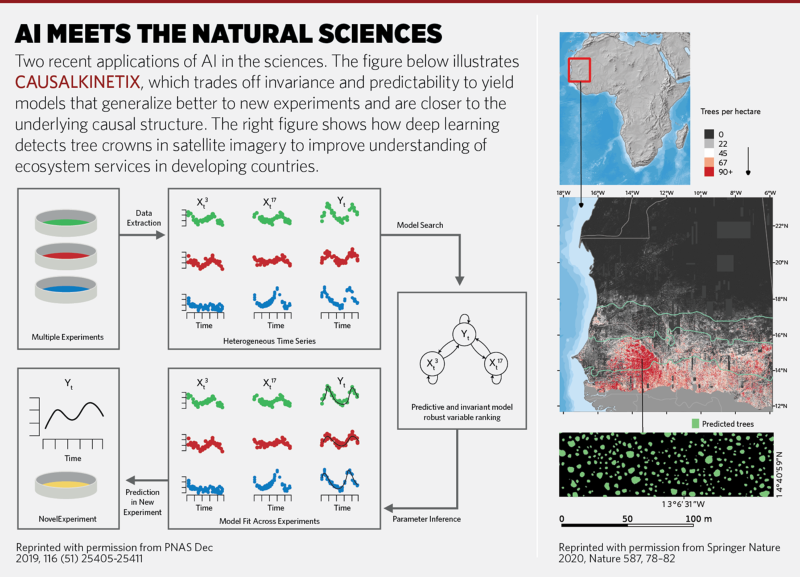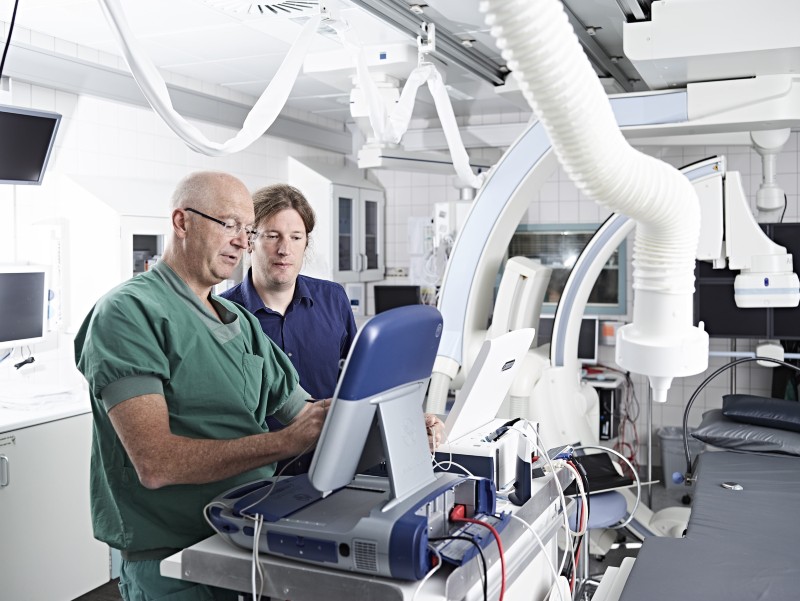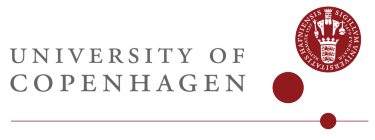Breaking AI out of the computer science bubble
By facilitating cross-disciplinary research, the University of Copenhagen's SCIENCE AI Centre brings machine learning to new arenas.

Christina Lioma loved puzzle books as a child, joining the dots and making the connections. Discovering computers just continued her fascination for puzzling things out, something that is now the basis for her research.
“Artificial intelligence caught my attention. It was a challenge, like a game. It wasn’t from archaic books and it was fun,” says Lioma, professor of machine learning in the Department of Computer Science at the University of Copenhagen.
The SCIENCE AI Centre at the University of Copenhagen represents Lioma’s fascination writ large. The centre opened in February 2018, and one of its aims is to analyse, model and interpret data, from any discipline, that have previously been too challenging to tackle.
“We were planning to set this up before the big data bubble,” says Lioma. “Now the centre is finally here, it feels like the timing is perfect.”

SCIENCE AI is a virtual centre, unifying AI research within the Faculty of Science. It covers around 100 researchers from 12 departments, including Computer Science, Mathematical Sciences, and Geosciences and Natural Resource Management.
“The centre brings AI and machine learning experts into collaboration with experts from other disciplines. Together we are better than the sum of our parts,” says Christian Igel, professor in the Department of Computer Science and director of the SCIENCE AI Centre.
Lioma agrees: “Our role is to promote, support, fund, sustain and inspire research and development in AI, from pure theory to applications, across a range of disciplines. We believe it is important that not all of these are in the science faculty.” These collaborative activities are enhanced by the university’s membership of ELLIS (European Laboratory for Learning and Intelligent Systems), an elite inter-governmental initiative to strengthen AI research and interactivity across Europe.
SCIENCE AI’s cross-disciplinary research is already bearing fruit. In October, Copenhagen’s Department of Geosciences and Natural Resource Management published a study in Nature that used a combination of detailed satellite imagery from NASA and deep learning to count more than 1.8 billion isolated trees and shrubs in a region of the Sahara Desert previously thought to be virtually barren. This project improves understanding of isolated trees in dryland ecosystems, and their importance to humans, agriculture, and the environment.
AI can also help advance research into health. Drug development, for instance, can benefit from machine learning by predicting the mechanism of action of protein drugs from the sequence of their amino acids, or understanding how proteins are degraded.

This technology can also try to untangle the many interacting co-morbidities that are part of human disease. A team led by Søren Brunak, research director of the university’s Novo Nordisk Foundation Center for Protein Research, uses machine learning to analyse the decades of longitudinal health data available in the Nordic countries. They look for multi-morbidity disease-progression patterns and understand how these relate to treatment effects. The way that diseases interact over a patient’s lifetime, also known as the disease trajectory, can then be used to train algorithms to predict health-related outcomes.
“Normally, in the intensive care unit, we collect data from patients over 24 hours in order to compute one of the survival scores,” Brunak explains. “When we combine these data with the 15 years disease trajectory, it provides us with a far better tailored prediction for each individual.”
AI and machine learning are often used to find correlations. However, many researchers also need to understand how cause and effect are linked. Mathematicians can describe many real-world systems using equations, but these are better at predicting observational data than, for instance, the impact of an intervention. The Department of Mathematics is working with the SCIENCE AI Centre to improve predictability when systems have been actively perturbed, for example using CausalKinetiX, an approach its researchers helped to develop. Its use has been confirmed in a proof-of-concept study looking at a real biological dataset of a metabolic network; CausalKinetiX has potential beyond this field, for example in robotics, climate sciences, neuroscience, and economics.

The SCIENCE AI Centre also plays an important role in raising awareness of AI: training people in academia and industry, and educating the general population. “We need to make it clear that our research is about being a service to society, and not about surveillance,” says Lioma. “We want to make life easier for people, not replace them.”
Computer science is traditionally a male-dominated world, but the University of Copenhagen is working hard to shift the dynamic for AI. For example, 27% of the faculty and researchers in the Machine Learning Section of the Department of Computer Science are female, and around half of its 43 PhD students are women.
The Shanghai Ranking (ARWU) has the University of Copenhagen as the best university in the Nordic region, and the seventh best in Europe. Its global ARWU score has climbed 11 points since 2012. For computer science and engineering, it is in the global top 50.
As the SCIENCE AI Centre approaches its third birthday, Lioma is confident about the future: “We are here to stay. We want to continue doing excellent and ever stronger research.”
Related News
Contact
Christian Igel
Professor
Department of Computer Science, UCPH
M: 2184 9673
igel@di.ku.dk
Jeppe Kanstrup Jørgensen
Communications Consultant
Department of Computer Science, UCPH
M: 2073 8545
jej@di.ku.dk
Produced by


